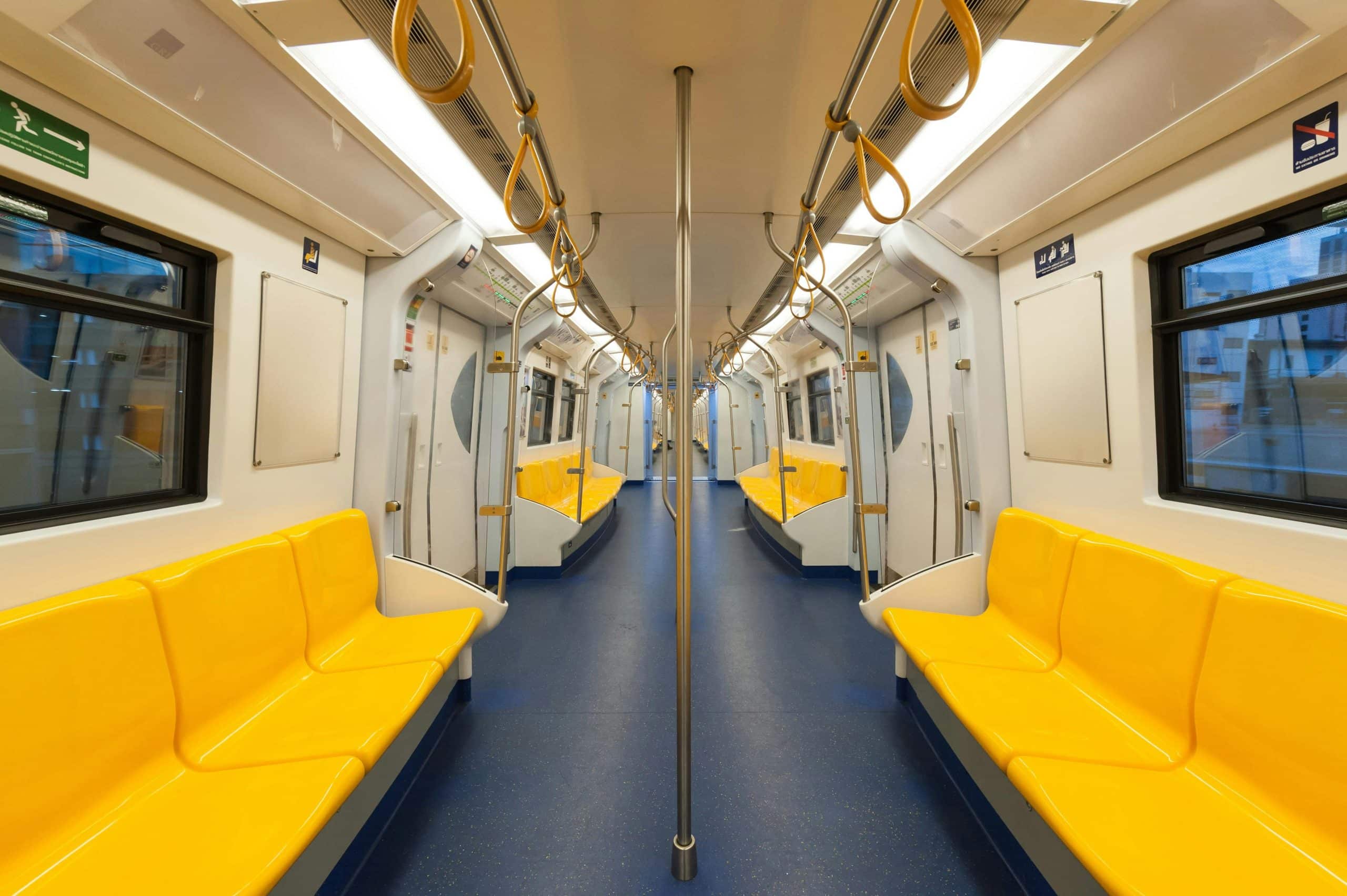How Can Real-Time Data Analytics Optimize Public Transportation in Major UK Cities?

Public transportation is the lifeblood of bustling UK cities, connecting people to work, education, shopping, and recreational venues. With the rapid pace of urbanization and the increasing demands of city dwellers, it’s essential that our public transport networks evolve to become smarter, more efficient, and more reliable. Thankfully, the real-time data analytics technology has the potential to bring about significant improvements in this sector. In this article, we’ll delve into how these advanced systems can optimize public transportation services, from buses and trams to subways and taxis.
Harnessing Data to Improve Bus Services
Data analytics has been a game-changer in many industries, and public transport is no exception. Using real-time data analytics, transportation authorities can monitor passenger numbers, routes, and schedules and make necessary adjustments on the fly. This is particularly relevant for bus services, one of the most widely used forms of public transport in UK cities.
Avez-vous vu cela : How to Design Effective e-Learning Modules for Language Education in the UK?
Consider a busy bus route with an unexpectedly high number of passengers waiting at various stops. Without real-time data, the bus would continue on its route, becoming increasingly crowded and potentially causing delays. But with real-time data analytics, the management system could send additional buses to manage the load or even alter the routes of nearby buses to distribute the passengers more evenly.
Moreover, predictive analytics can help anticipate traffic congestion, prompting the bus drivers to switch to an alternate route. This not only ensures timely services but also enhances passenger satisfaction. Indeed, smart bus services are an integral part of future-ready, data-driven cities.
A lire également : What Are the Challenges and Solutions for Recycling Composite Materials in the UK?
Optimizing Traffic Flow with Intelligent Transportation Systems
Traffic congestion is a perennial problem in many UK cities, leading to longer commute times, increased pollution, and strained public transportation networks. However, real-time data analytics has the potential to mitigate these issues through Intelligent Transportation Systems (ITS).
ITS leverages data from various sources like GPS devices, traffic cameras, and sensors embedded in the roads. By analyzing this data in real-time, these systems can predict and manage traffic flow more efficiently. This could translate into dynamically changing traffic signals to optimize traffic flow or dispatching traffic officers to deal with congestion hotspots before they spiral out of control.
Furthermore, ITS can provide real-time traffic information to drivers and public transport operators, allowing them to choose the most efficient routes. By reducing congestion and improving the flow of vehicles, these systems can significantly enhance city transportation networks.
Streamlining Public Transport Operations with Big Data Management
Public transport networks generate massive volumes of data daily, from rider numbers and frequencies to vehicle maintenance and fuel consumption records. This wealth of information, if harnessed correctly, can lead to improved operational efficiency and cost savings.
For instance, analyzing data related to bus breakdowns can help identify patterns and predict potential failures, allowing for preventative maintenance. This not only reduces downtime but also extends the lifespan of the vehicles.
Besides, big data analytics can help transportation authorities optimize their resources. By identifying underutilized routes and peak travel times, authorities can reallocate vehicles and staff where they are most needed. Hence, big data management is a powerful tool to streamline public transport operations and drive efficiencies.
Enriching Passenger Experience through Smart Public Transport Services
At the heart of any public transportation system are the passengers. As such, enhancing their experience is vital. Real-time data analytics can play a crucial role here, offering personalized and convenient services.
Through mobile apps, passengers can access real-time information about bus arrivals, travel times, and potential disruptions, allowing them to plan their journeys better. Moreover, these apps can use data to offer personalized recommendations, such as the quickest route to their destination or less crowded buses or trains.
Data analytics can also be used to improve accessibility for passengers with special needs. For instance, real-time updates can inform passengers when the next wheelchair-accessible bus will arrive. Overall, smart public transport services can enrich the passenger experience, fostering greater loyalty and satisfaction.
Building Future-Ready Cities with Real-Time Data Analytics
As urban populations continue to grow, the pressure on public transport systems will only intensify. However, with the power of real-time data analytics, we can transform these challenges into opportunities.
Through smart transportation systems, we can achieve better route management, increased operational efficiency, reduced traffic congestion, and enhanced passenger services. This not only improves the quality of life for city dwellers but also contributes to sustainable urban development.
Hence, real-time data analytics is not just an optional add-on but an essential component in the blueprint of future-ready cities. As we continue to harness its potential, the question is not if, but when all major UK cities will fully adopt this technology to optimize their public transportation networks.
Leveraging Machine Learning for Predictive Maintenance in Public Transport
Machine Learning (ML) is another field closely tied to real-time data analytics that holds immense potential for the public transportation industry. It refers to computer systems’ ability to learn from data and improve their performance without being explicitly programmed.
In the world of public transit, machine learning algorithms can analyze the wealth of data generated by buses, trams, subways, and taxis to predict and prevent potential issues. For instance, by analyzing historical maintenance records, weather data, and real-time vehicle diagnostics, ML algorithms can predict when a specific vehicle is likely to need maintenance or repairs. This predictive maintenance approach can prevent unexpected breakdowns that cause service disruptions and delays, leading to improved reliability and customer satisfaction.
Further, machine learning can be used in transportation management systems. By analyzing historical traffic data and current traffic conditions, ML algorithms can predict congestion patterns and recommend optimal routes for buses and taxis. This can help in reducing travel times and improving the efficiency of public transport services.
Enhancing Connectivity in Smart Cities With Intelligent Transportation Systems
As urbanization continues, the concept of smart cities is gaining momentum. These are cities that use data and technology to enhance the quality and performance of urban services, reduce costs and resource consumption, and engage more effectively with their citizens. In the realm of public transportation, intelligent transportation systems (ITS) are key to creating these smart cities.
ITS, powered by real-time data analytics, can integrate various modes of transport, streamline operations, and offer a more holistic and efficient transportation ecosystem. They enable communication between vehicles (V2V), between vehicles and infrastructure (V2I), and between infrastructure and passengers (I2P). This connectivity can dramatically transform urban mobility.
For example, ITS can enable real-time coordination between buses and traffic signals to prioritize public transport and reduce delays. This concept, known as Transit Signal Priority (TSP), can significantly improve bus service reliability and efficiency, particularly in congested urban areas.
Moreover, by leveraging data analytics and machine learning, ITS can offer predictive traffic management, dynamic route optimization, and personalized passenger information services. Thus, intelligent transportation systems can play a pivotal role in building smart, sustainable, and connected cities.
Conclusion: The Future of Public Transportation in the UK
Real-time data analytics is revolutionizing public transportation systems in major UK cities and across the globe. By harnessing the power of big data and machine learning, we can create intelligent transportation systems that are more efficient, reliable and passenger-friendly.
Predictive maintenance can reduce downtime and extend the lifespan of public transport vehicles. Real-time traffic management can optimize traffic flow and mitigate congestion. Personalized services can enhance passenger experience and satisfaction. Moreover, the integration and connectivity offered by ITS can pave the way for truly smart and sustainable cities.
However, successfully implementing real-time data analytics in public transportation requires a strong data infrastructure, advanced analytical tools, and skilled human resources. It also requires a cultural shift towards a data-driven approach in transportation management.
As we step into the future, the potential of real-time data analytics in public transportation is immense. It’s clear that the key to sustainable urban mobility lies in harnessing the power of data. The future of public transportation in the UK and other major cities worldwide will undoubtedly be data-driven, and that future is already here.
